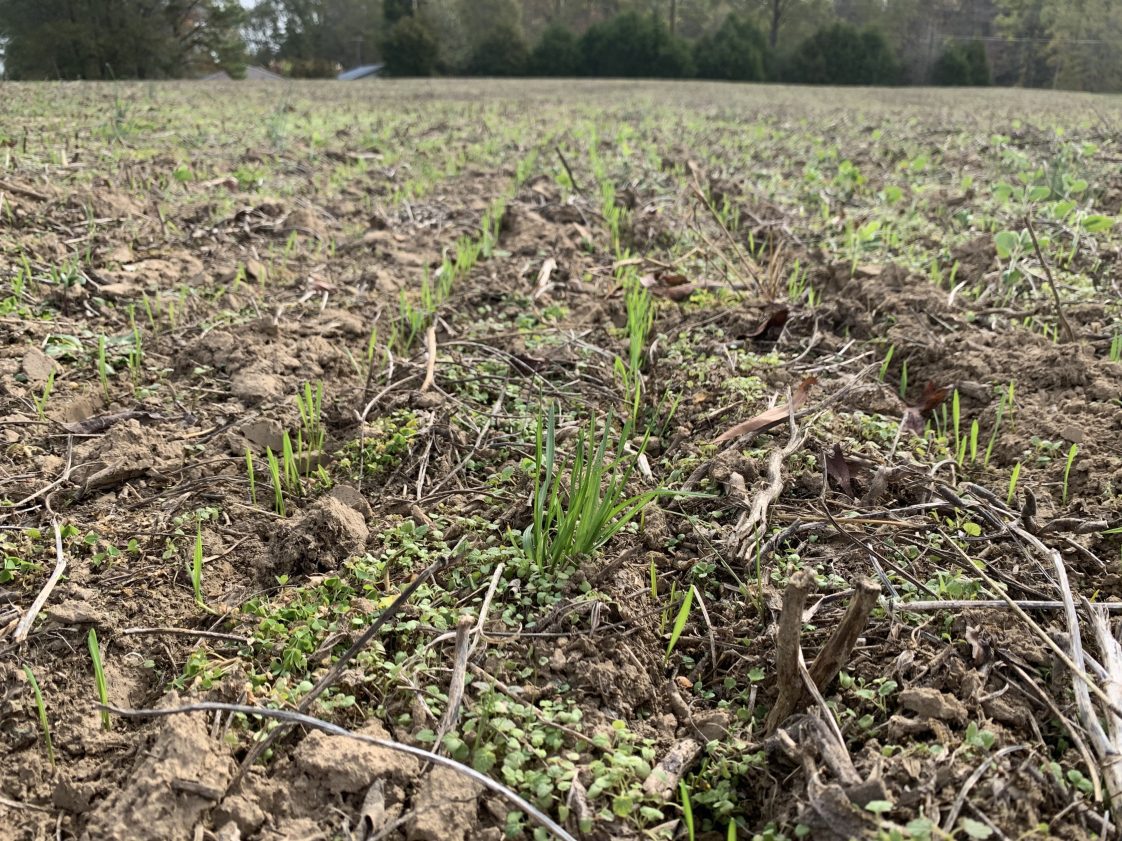Crop Production

Annual ryegrass has long been a major weed in small grain production, but now Alabama wheat producers have one more tool they can use to minimize its negative impact. Anthem Flex (pyroxasulfone + carfentrazone) may now be used as a preemergence application right behind the planter, which expands the window of treatment opportunity for farmers.
Prior to this approval, pyroxasulfone products like Zidua, Anthem Flex, or Fierce EZ were only labeled as a delayed-preemergence or early-postemergence treatment to wheat. This meant that growers needed to wait until the wheat had a shoot at least ½-inch long before applications could be made. Considering that annual ryegrass germinates and emerges simultaneously with wheat, this is a small window of treatment opportunity, especially for farmers trying to cover large acreage.
For farmers who have a known history of annual (Italian) ryegrass populations, Anthem Flex may be used as a broadcast preemergence treatment at planting from 2.75 to 4.5 fluid ounces per acre, depending on soil type.
This should only be applied to a uniform, prepared seedbed to ensure proper row closure and soil coverage over the seed. There is a risk of wheat stunting if rainfall washes herbicide onto exposed seed during germination. Therefore, do not apply to broadcast seeded wheat or if heavy rainfall is expected immediately after planting or herbicide application.
This label approval by the Alabama Department of Agriculture and Industries comes after more than 2 years of field research, which has been supported by the Alabama Farmers Federation’s Wheat and Feed Grain Division and industry partner FMC, an agricultural sciences company.
Trade and brand names used in this publication are given for information purposes only. No guarantee, endorsement, or discrimination among comparable products is intended or implied by the Alabama Cooperative Extension System.

